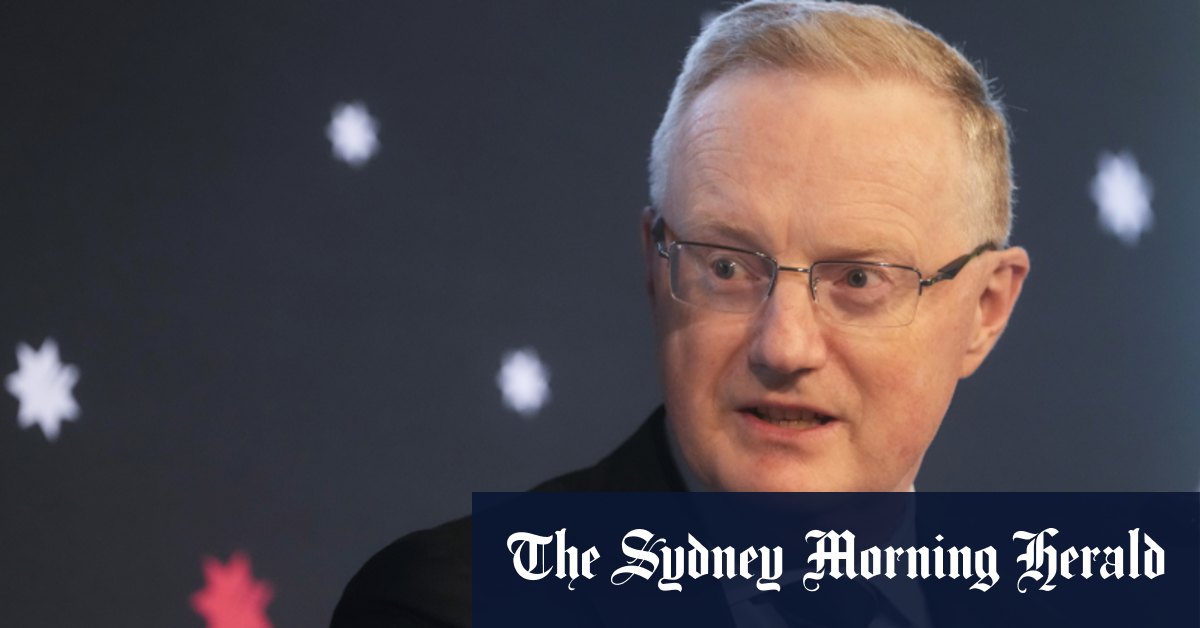Treasurer Jim Chalmers said rising interest rates, combined with high and rising inflation and a gloomy global economic outlook would affect the government’s first budget later this month.
Another issue for the budget is structural pressures, Chalmers said, which include the rising cost of government debt and essential services including health and aged care.
Chalmers said Tuesday’s increase in the cash rate would still be difficult for many households, despite being a smaller hike than expected.
“Just because this is a bit less than what many people were anticipating and just because it’s consistent with what we’re seeing around the world won’t make it that much easier for Australians to find room in their household budgets to meet the increasing cost of servicing the mortgage,” he said.
There are early signs the bank’s previous rate rises are starting to bite.
Figures from the Australian Bureau of Statistics on Tuesday showed a 3.4 per cent drop in new loans through August. That followed an 8.5 per cent fall in July.
The value of owner-occupier loans dropped by 2.7 per cent while for investor loans it slipped by 4.8 per cent.
Even after today’s increase, financial markets and most experts believe the RBA will continue to lift rates. Financial markets expect the cash rate to get to 3.6 per cent early next year.
Canstar finance expert Steve Mickenbecker said if official interest rates reached 3.6 per cent, people with a $500,000 mortgage will have been hit by an $1100 a month increase in their repayments.
“ANZ, NAB and Westpac are forecasting the cash rate to climb over 3 per cent by year’s end, and Westpac is taking it a step further by tipping the cash rate to peak at 3.6 per cent in February,” Mickenbecker said.
“This outcome could see the average variable rate skyrocket to 6.48 per cent or more than double the rate in April, just before the current rate rising cycle began.”
In a statement, bank governor Philip Lowe said the quarter percentage point rate hike reflected the “substantial” increase in official rates over a short period of time.
He said inflation was still likely to increase over the months ahead, reaching around 7.75 per cent by year’s end and then a little over 4 per cent through next year.
The strong jobs market and high prices for key commodities continued to feed money into the broader economy.
“The Australian economy is continuing to grow solidly and national income is being boosted by a record level of the terms of trade. The labour market is very tight and many firms are having difficulty hiring workers,” he said.
“The unemployment rate in August was 3.5 per cent, around the lowest rate in almost 50 years. Job vacancies and job ads are both at very high levels, suggesting a further decline in the unemployment rate over the months ahead. Beyond that, some increase in the unemployment rate is expected as economic growth slows.”
Lowe said the bank was still watching closely for any sign of a substantial lift in wages, but noted wage growth in Australia was still lower than in other nations.
He said getting inflation back to the RBA’s 2 to 3 per cent target range was still the key objective.
“It is seeking to do this while keeping the economy on an even keel. The path to achieving this balance is a narrow one and it is clouded in uncertainty,” he said.
Lowe said there were two major sources of economic uncertainty.
One area of concern was the global economy, which Lowe said had deteriorated recently, while the other remained Australian household spending.
“Higher inflation and higher interest rates are putting pressure on household budgets, with the full effects of higher interest rates yet to be felt in mortgage payments,” he said.
Loading
“Consumer confidence has also fallen and housing prices are declining after the earlier large increases.”
Callam Pickering, Asia-Pacific economist for online job site Indeed, said the RBA would continue to lift interest rates until inflation was under control or there were “genuine cracks” in the Australian economy.
He said the smaller-than-expected lift in rates on Tuesday showed the RBA was closer to ending its run of rate rises.
“The fact they hiked by 25 basis points, rather than 50 basis points, is a sign that they are getting closer to a pause in rates,” he said.
“Typically the RBA will use a pause to assess economic conditions and determine how policy changes are impacting the economy.”
Cut through the noise of federal politics with news, views and expert analysis from Jacqueline Maley. Subscribers can sign up to our weekly Inside Politics newsletter here.

